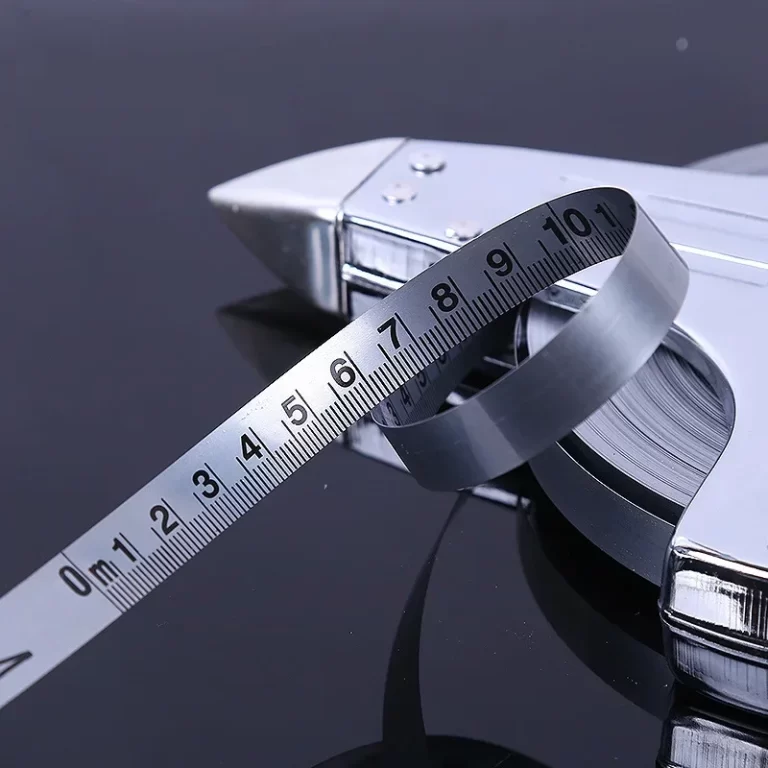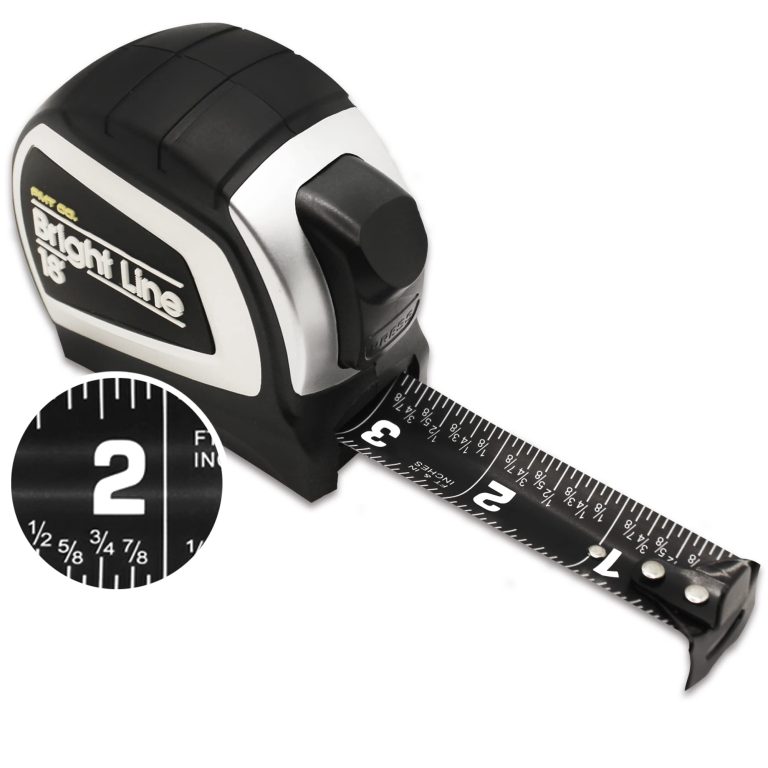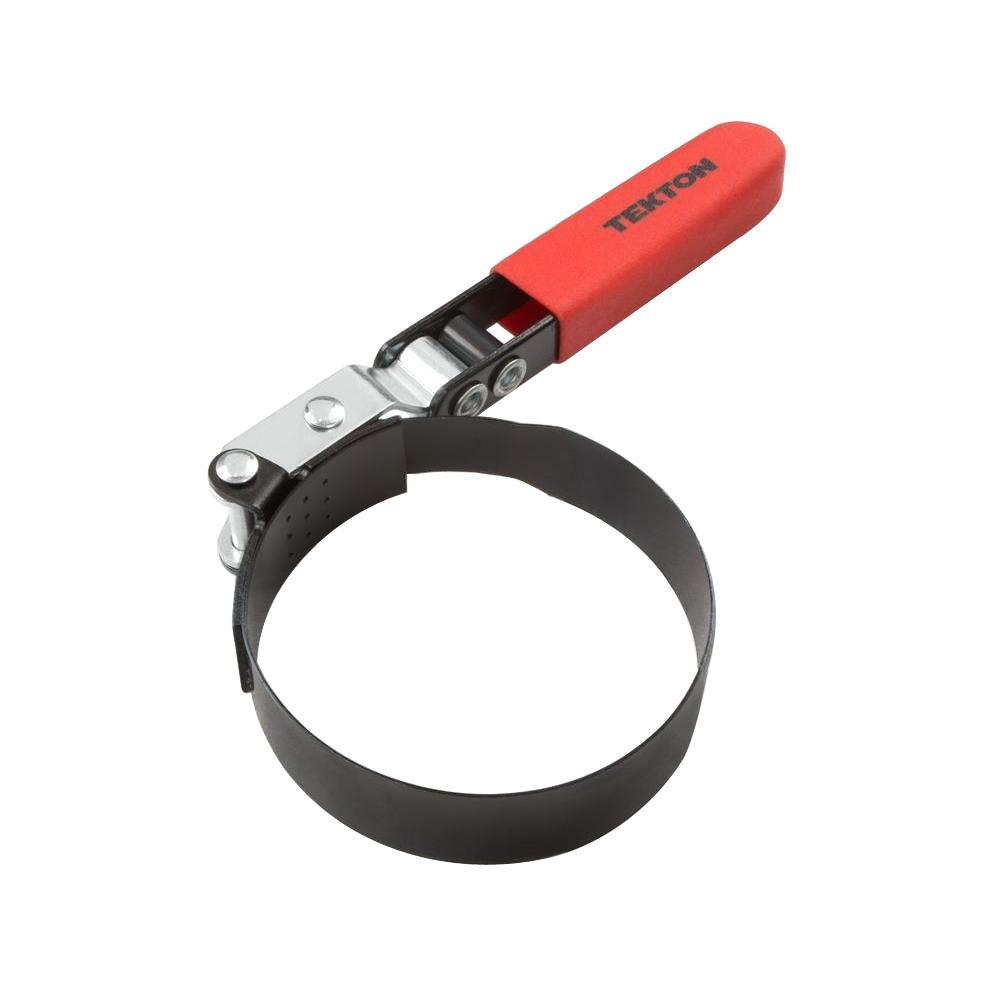
Oil Filter Wrench: A Guide for Efficient Auto Maintenance
Introduction
An oil filter wrench is a must-have for car maintenance. It is a tool that helps remove the oil filter from the engine. This helps when changing the oil. The oil filter keeps the engine oil clean. Over time, it can get very tight and hard to remove. That’s when an oil filter wrench comes in handy. There are many types of wrenches to choose from. Each type works best in different situations. It’s important to pick the right one. This guide will help you know more about oil filter wrenches. You’ll learn how they work and how to choose the best one for your needs.
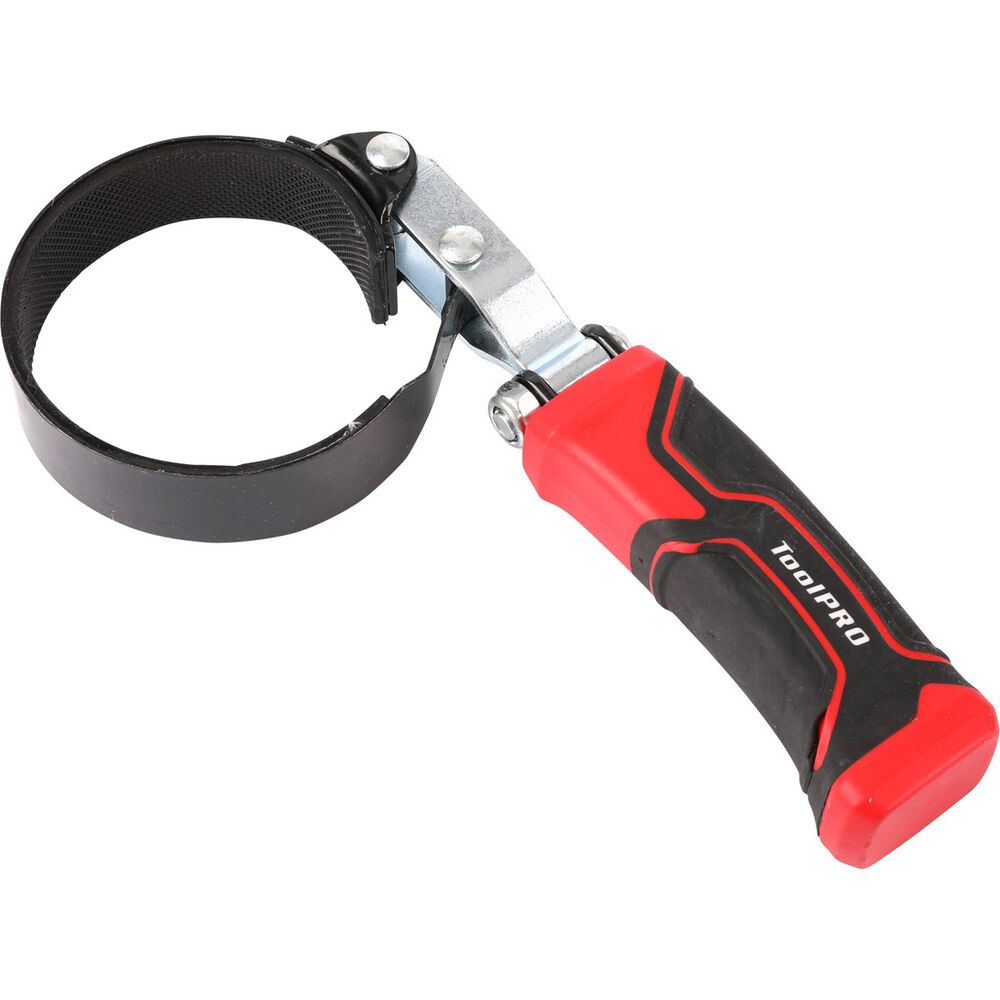 Types of Oil Filter Wrenches
Types of Oil Filter Wrenches
Selecting an oil filter wrench can seem complex. Different types exist, each with specific uses. Let’s explore the main varieties.
Strap Wrenches
Strap wrenches use a strap to grip the filter. They adjust to fit many filter sizes. This makes them versatile tools for oil changes.
Socket Wrenches
Socket wrenches fit over the end of the filter. They are size-specific. They require a ratchet or driver to turn them.
Plier Wrenches
Plier wrenches have a grip like pliers. They are great for tight spaces. You can adjust them to fit various filter sizes.
Chain Loop Wrenches
Chain loop wrenches wrap a chain around the filter. They work well on filters in awkward positions. But they need space to be effective.
Cap Wrenches
Cap wrenches look like a cup. They fit onto the end of the filter. You need the exact size for your filter.
These are the common oil filter wrenches. Knowing them helps you make an educated choice. Remember to consider the size of your oil filter and the space around it when choosing. Pick one that will work best for the filters you will be changing.
Factors to Consider
Choosing the right oil filter wrench involves several factors. These are points you must consider before you buy. They ensure you get the best tool for your needs.
Consider the Type of Your Car’s Oil Filter
First, know the type of oil filter your car uses. Not all wrenches work with every filter. Some filters need a specific kind of wrench.
Check the Wrench Size Needed
Size is key. Your oil filter wrench must match the size of your filter. A wrong-sized wrench won’t work.
Evaluate the Space Around the Filter
Look at the space around your oil filter. Tight spaces may need smaller, adjustable wrenches. Choose one that fits well in the available space.
Think About Wrench Quality
Quality matters. A good wrench can last years. It’s better to invest in a durable one than to buy a cheap one that fails.
Decide on Wrench Adjustability
Some wrenches adjust to different sizes. This can be handy if you work on various cars. Consider if an adjustable wrench is right for you.
Assess Your Budget
Know how much you are willing to spend. Oil filter wrenches come in a range of prices. Pick one within your budget but don’t compromise on quality.
Read Reviews and Recommendations
Lastly, read reviews. What others say can guide your choice. Look for tested brands and models.
Keep these key points in mind when shopping for your next oil filter wrench. They will help ensure you find the right tool for the task at hand. Making the right choice will save you time and frustration during oil changes.
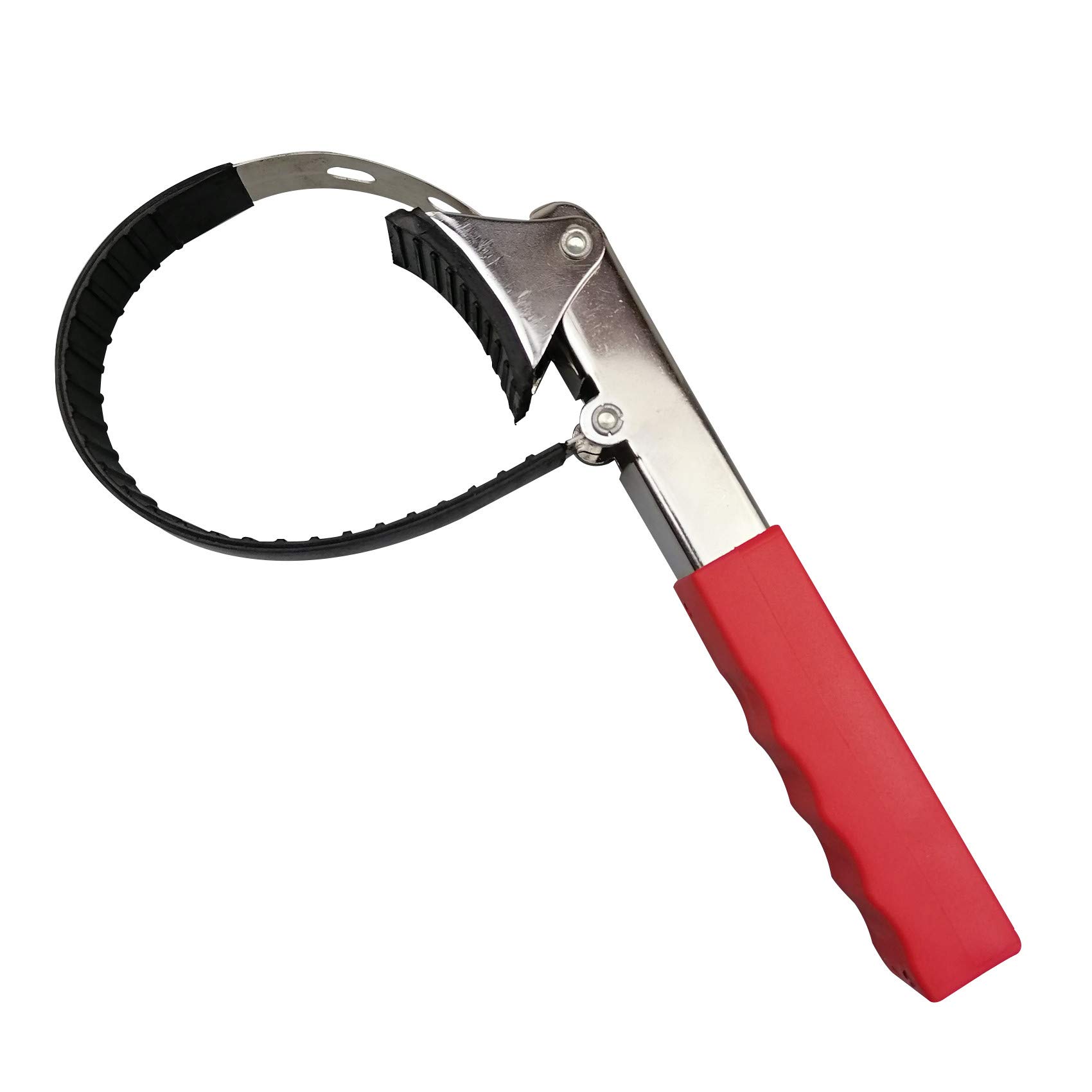 The Importance of Size and Fit
The Importance of Size and Fit
Choosing the proper size and fit for an oil filter wrench is crucial. The right wrench ensures a snug fit without slipping or damaging the filter. A poorly fitted wrench can lead to stripped oil filters. This makes them harder to remove in the future. It may even cause damage to the filter housing or engine.
Alignment is key when using a wrench. Ensure the tool fits perfectly over the oil filter. This prevents any side-to-side movement that can impair grip. A good fit allows you to apply even pressure. This is important so you can turn the wrench without excessive force.
Remember, oil filters can vary by car make and model. What works for one might not fit another. Always check your car’s manual to find the right size. Adjustable wrenches can be useful, but the right fixed-size tool offers the best performance.
Don’t use a wrench that is too big. It won’t grip properly and can slip. Similarly, a wrench that is too small won’t fit at all. This can lead to frustration and wasted time during oil changes.
In short, the fit of your oil filter wrench matters as much as its type or quality. Choose wisely to ensure effective and safe oil filter changes.
Popular Brands and Models
When considering which oil filter wrench to purchase, brand and model matter. Popular, trusted brands often deliver in both quality and reliability. Here, we will highlight some top brands to consider when shopping for an oil filter wrench.
Top Brands to Consider
- Craftsman: Known for their sturdy build and dependability, Craftsman tools are favorites among professionals and DIY enthusiasts.
- Lisle: Lisle wrenches stand out for their precision and fit, offering a broad range of sizes and styles.
- TEKTON: TEKTON tools are praised for great value and strong performance, with wrenches that cater to a variety of oil filters.
- Channellock: With adjustable and durable options, Channellock wrenches are made for those who value longevity in their tools.
- GearWrench: GearWrench is recognized for innovative designs, including wrenches that work well in tight spaces.
Models to Look For
- Craftsman 2-Piece Adjustable Set: This set is versatile and built to last, fitting a range of sizes.
- Lisle 63600: This model is known for its strong grip and is ideal for a variety of filters.
- TEKTON 5866 12-Inch Oil Filter Pliers: These pliers adjust easily and provide a secure hold.
- Channellock 212 4-1/4-Inch Jaw Capacity Plier: Renowned for tight spaces, this tool offers precision.
- GearWrench 2320W Wide Band Heavy Duty Oil Filter Wrench: With a wide band, this model ensures less slippage and a better grip.
Remember to keep the size of your vehicle’s oil filter in mind when picking a brand and model. Read reviews and compare features to find the best oil filter wrench for your car maintenance needs. Using the right tool can make your oil change process smoother and more efficient.
 How to Use an Wrench Safely and Effectively
How to Use an Wrench Safely and Effectively
Using an oil filter wrench properly is important for safety and effectiveness. Follow these steps:
Step 1: Prepare Your Workspace
Clear the area around your car. Make sure you have good light. Lay out your tools within reach. This keeps you organized.
Step 2: Position the Wrench Correctly
Align the wrench with the filter. Ensure it matches the filter’s size. Double-check to prevent slipping.
Step 3: Apply Even Pressure
Turn the wrench slowly. Use steady pressure. Avoid using too much force to prevent damage.
Step 4: Unscrew the Filter
Once loose, turn the filter by hand. Continue to unscrew it until it’s free. Have a pan ready to catch any oil.
Step 5: Remove the Filter
Take the filter out. Be careful as it might still have hot oil. Dispose of the oil properly.
Step 6: Verify the Seal
Check the filter’s seal. Make sure it’s not stuck to the engine. If it is, remove it.
Tips for Effective Use
- Choose the right wrench for your oil filter. It should fit well.
- Use gloves for better grip and to protect your hands.
- Keep the wrench clean for a good grip every time you use it.
By following these steps and tips, you can use your oil filter wrench safely and effectively. This will make your maintenance tasks easier and prevent any potential harm to your vehicle or yourself.
Maintenance and Care
To keep your oil filter wrench in top condition, follow some simple maintenance steps. Proper care extends the tool’s life and ensures it works well every time you need it. Here’s how to maintain and care for your oil filter wrench:
- Clean After Every Use: Wipe your wrench with a clean rag after each use. Remove oil, dirt, and debris.
- Store Properly: Keep your wrench in a dry place. Moisture can cause rust and wear.
- Inspect Regularly: Before use, check for any damage. Look at the handle, strap, or chain for wear.
- Lubricate Moving Parts: If your wrench has any, apply a drop of oil to keep them smooth.
- Avoid Force: Don’t over-tighten or force the wrench. This can bend or break it.
- Handle with Care: Use it only for its purpose. Don’t use it as a hammer or pry bar.
By following these maintenance steps, you ensure the longevity of your oil filter wrench. A well-cared-for tool is reliable and ready at hand for every oil change.
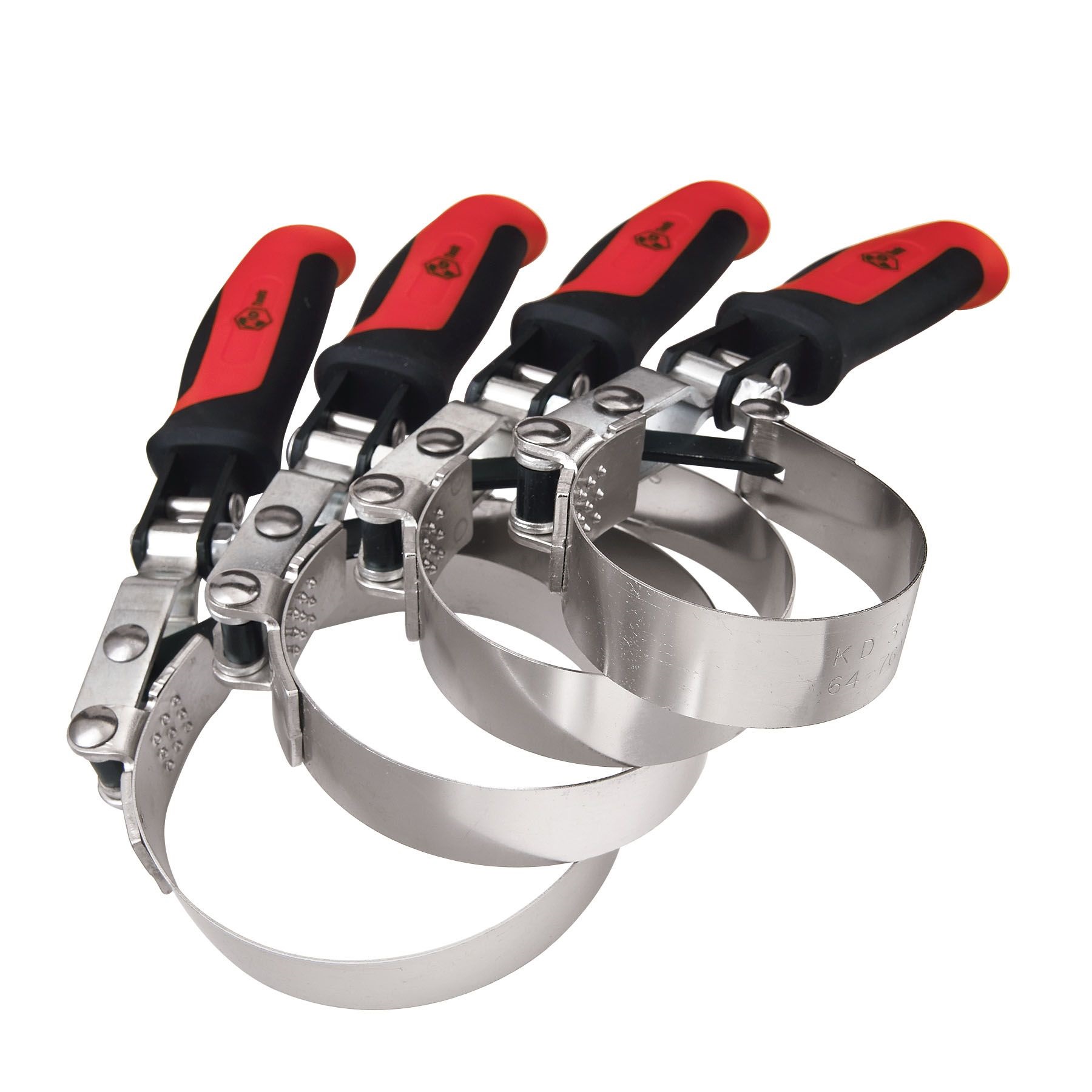 Common Mistakes to Avoid
Common Mistakes to Avoid
Using an oil filter wrench seems straightforward. But, simple errors can lead to bigger problems. Here are common mistakes to avoid:
- Choosing the Wrong Size: Picking a wrench that does not fit your oil filter is a major misstep. Double-check the size before you use it.
- Over-Tightening: When you tighten too much, you risk damaging the filter. This can cause leaks or make it harder to remove next time.
- Using Excessive Force: Applying too much force can strip the filter. Turn the wrench slowly and with steady pressure.
- Ignoring the Manufacturer’s Instructions: Every tool comes with a manual. Read it to understand the correct way to use your wrench.
- Not Checking the Wrench’s Condition: Using a damaged wrench is unsafe. Inspect it for wear and tear before use.
- Incorrect Positioning: Align your wrench properly on the filter. If it’s off-center, it can slip during use.
- Skipping Safety Gear: Always wear gloves. They protect your hands and give you a firmer grip.
- Using the Wrench for Unintended Purposes: Stick to its intended use. Don’t use your oil filter wrench as a hammer or for prying.
- Neglecting Post-Use Cleaning: Clean your wrench after every use. This keeps it in good shape and ready for the next time.
Keep these tips in mind to use your oil filter wrench correctly. This will help prevent tool damage and ensure a smooth oil change process.
Advanced Techniques for Oil Filter Removal with a Wrench
For those looking to further enhance their oil change process, advanced techniques can provide greater efficiency and effectiveness when using an oil filter wrench.
Pre-Soaking Stubborn Filters
If an oil filter is particularly stubborn, pre-soaking it with a penetrating oil can help loosen the threads. Apply a small amount of penetrating oil around the filter and let it sit for a few minutes before attempting removal with your wrench.
Using Heat to Loosen Filters
Applying gentle heat to the oil filter can expand the metal slightly, making it easier to loosen. Use a heat gun or carefully apply hot water to the filter casing before using your oil filter wrench. Always exercise caution to avoid burns or damaging the vehicle’s components.
Leveraging Dual Wrenches
Using two oil filter wrenches simultaneously can provide additional torque for heavy-duty removal. This technique is especially useful for large or tightly secured filters. Ensure both wrenches are positioned securely and apply force evenly to prevent slippage.
Incorporating Lever Arms
Attaching a lever arm to your oil filter wrench can increase leverage, making it easier to apply the necessary torque without straining your hands. This method is beneficial for those who frequently perform oil changes and need a more efficient removal process.
Utilizing Wrench Extensions
Using an extension bar with your oil filter wrench can provide extra reach and leverage, particularly for filters that are hard to access or tightly installed. This extension enhances your ability to apply force effectively while maintaining control over the wrench.
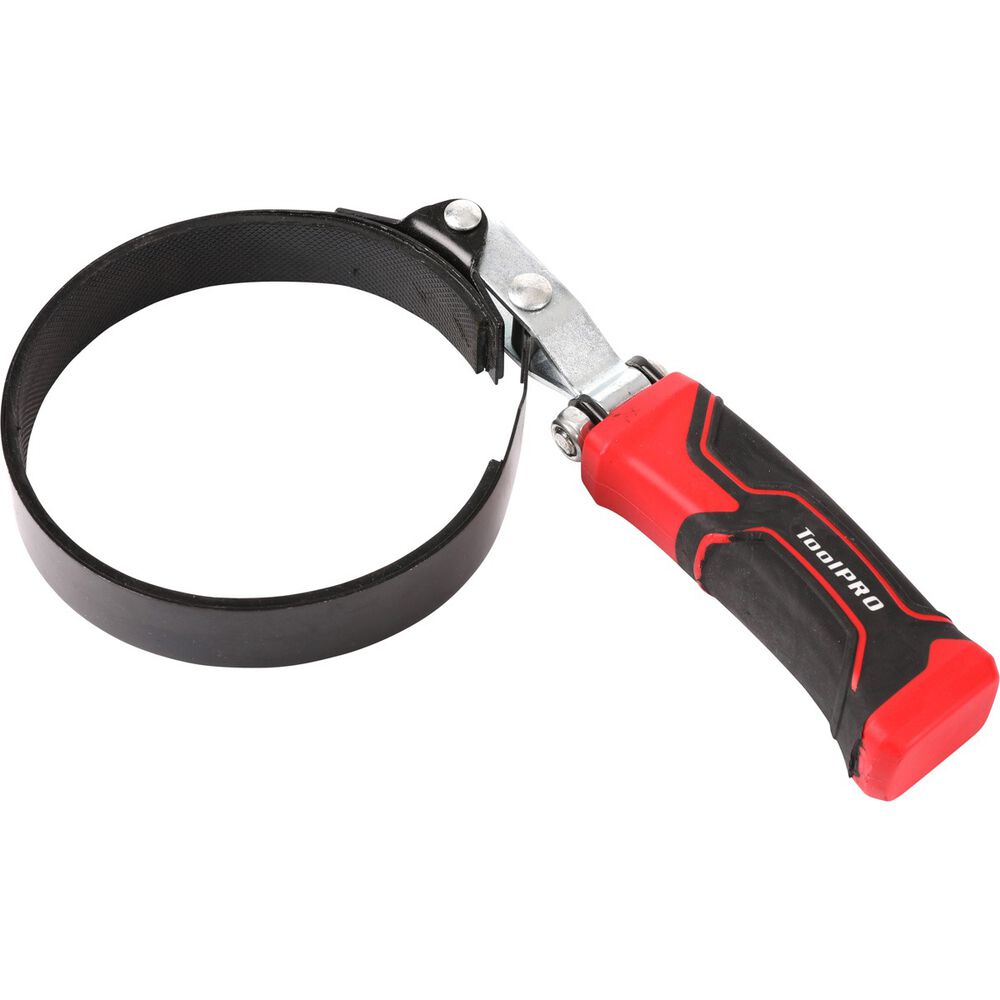 Conclusion
Conclusion
An oil filter wrench is an essential tool that enhances the efficiency, safety, and effectiveness of your vehicle maintenance routine. By understanding the different types of wrenches available, selecting the right one for your needs, and employing proper usage techniques, you can ensure smooth and hassle-free oil filter changes. Investing in a high-quality oil filter wrench not only saves you time and money but also protects your vehicle’s engine, contributing to its longevity and performance.
In summary, mastering how to use an oil filter wrench involves selecting the right type, maintaining the tool properly, and employing best practices during maintenance. Whether you’re a professional mechanic or a DIY enthusiast, the right oil filter wrench can make a significant difference in your oil change experience, providing reliable performance and long-term benefits.
Embrace the versatility and functionality of an oil filter wrench, and take control of your vehicle maintenance with confidence and precision. By incorporating this indispensable tool into your maintenance toolkit, you ensure that your vehicle remains in optimal condition, delivering consistent performance and reliability for years to come.
